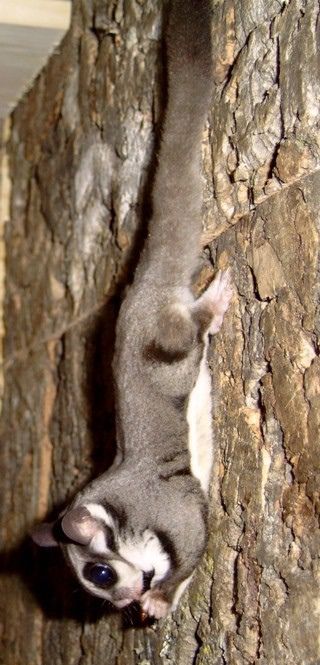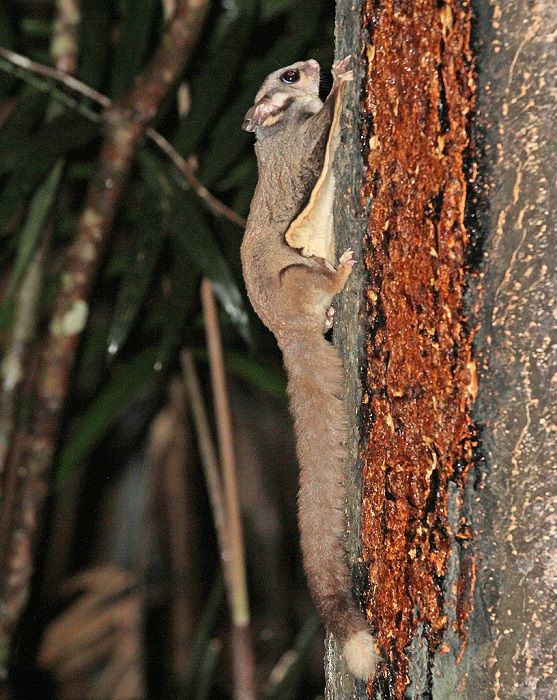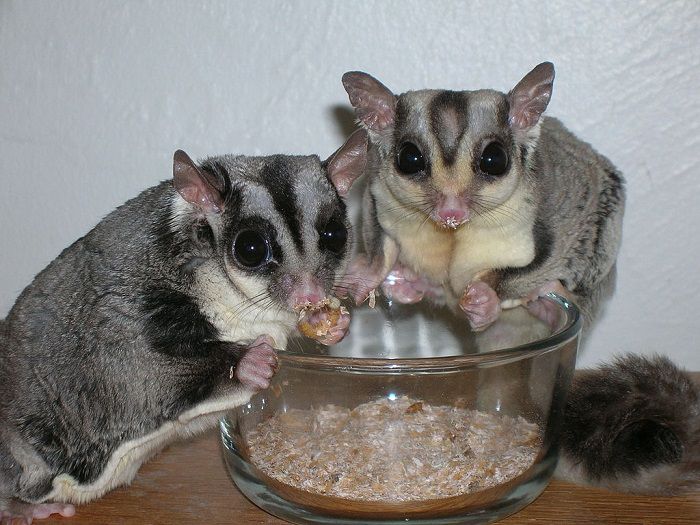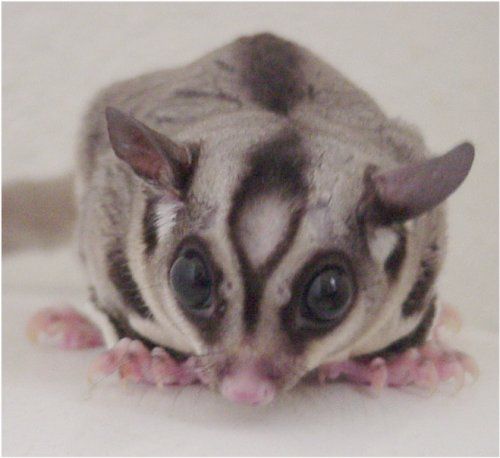Table of Contents
Sugar gliders are naturally nocturnal creatures, which means that they are most active during the night. They typically sleep during the day and are up and about at night, rather inconveniently for their owners.
In the wild, sugar gliders are very sociable creatures that tend to live in groups. At night they explore energetically and can typically be found in the top branches of forest trees. Coming out at night to socialize, play, and eat offers a level of protection from would-be predators that roam the forests during the day.
Sugar gliders in captivity will also be much more active during the night and will sleep during the day. This means that it is normal for your pet to be sleeping when you are awake. However, sugar gliders will typically wake before most humans retire for the night, so you will have some time to enjoy your pet as it goes about its business in its enclosure. But what does it mean if your sugar glider is not moving?
in captivity will also be much more active during the night and will sleep during the day. This means that it is normal for your pet to be sleeping when you are awake. However, sugar gliders will typically wake before most humans retire for the night, so you will have some time to enjoy your pet as it goes about its business in its enclosure. But what does it mean if your sugar glider is not moving?

Sugar Glider Upside Down 
Sugar Glider on Tree
Is There Something Wrong with the Sugar Glider?
Sugar gliders will start to wake up in the evening and, once fully awake, can be expected to be quite active. Nevertheless, if your sugar glider is not moving about, you will need to consider possible reasons for this. Sugar gliders that do not move much are quite often ill or suffering from dehydration and so will require an examination by a vet.
Dehydration is common in sugar gliders and it can be a serious issue. In fact, sugar gliders can die from dehydration in a very short amount of time. This is why it is vitally important that your glider has access to clean, fresh water at all times. If you are using a water tube with a ball roller, similar to those used to feed pet hamsters or rabbits, it is worth checking it daily to ensure the roller has not become stuck as this could be preventing your sugar glider from accessing water.
If you are worried that your pet has become dehydrated, contact a vet as soon as possible. You can check for dehydration in a sugar glider by gently pulling up the skin around its shoulders. In a healthy sugar glider, the skin will quickly return to its natural position. However, if your glider is dehydrated then the skin will either stay pulled up or return very slowly to its natural state.
Your vet will more than likely want to see your sugar glider to examine it; they will probably treat the dehydration using fluid injections. You might also be advised to regularly give your pet water from a dropper until it recovers sufficiently.

Illness in a Sugar Glider
Illness and injury can also cause your sugar glider to become inactive. A calcium deficiency is a major cause of paralysis in the hind legs. Although this occurs gradually, sugar gliders are good at masking any symptoms they have that would make them appear vulnerable to predators. If your sugar glider is unable to move due to hind leg paralysis, it probably means the problem is already quite advanced. It is crucial to contact a vet as soon as possible in this situation. The vet will be able to x-ray the glider to find out what the problem is.
There are a host of illnesses that can affect sugar gliders and if your pet is feeling unwell, it will be more likely to become lethargic and stop moving about as much. Look for other symptoms such as loss of appetite, abnormal feces, discharge around the nose and mouth, or labored breathing. If you notice any of these symptoms, call a vet as soon as possible for advice.
Photo Credits:
- Featured Image (Sugar Glider): Dawson
 – CC BY-SA 2.5
– CC BY-SA 2.5
- Sugar Gliders Eating Mealworms: OberonNightSeer
 – CC BY-SA 3.0
– CC BY-SA 3.0
- Sugar Glider on Tree: Joseph C Boone
 – CC BY-SA 4.0
– CC BY-SA 4.0
- Sugar Glider Upside Down: Anke Meyring
 – CC BY-SA 2.5
– CC BY-SA 2.5

